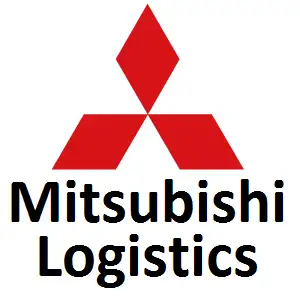
Singapore Container Transshipment Market Share, Analysis, Growth, Key Drivers, Demand, Challenges and Future Outlook Till 2034: SPER Market Research
Category :
Automotive & Transportation
Published: Feb-2025
Author: SPER Analysis Team
Singapore Container Transshipment Market Share, Analysis, Growth, Key Drivers, Demand, Challenges and Future Outlook Till 2034: SPER Market Research
Singapore Container Transshipment Market is projected to be worth 1.82 billion by 2034 and is anticipated to surge at a CAGR of 1.97%.
The process of container transshipment involves moving shipping containers from one vessel to another at a specified port, usually as part of their journey to the final destination. This process occurs at transshipment hubs, which are strategically located ports with advanced infrastructure for handling large volumes of cargo efficiently. Transshipment allows for the consolidation and redistribution of goods, enabling shipping companies to optimize routes and reduce costs. It plays a vital role in global trade by connecting smaller ports to major trade networks. Singapore, with its advanced port facilities and strategic location, is one of the world's leading container transshipment hubs.
Drivers: The Singapore container transshipment market thrives due to its strategic location at the crossroads of major global shipping routes, enabling seamless connectivity between East and West trade corridors. The market benefits from world-class infrastructure, including advanced port facilities and automated systems for efficient cargo handling. Robust trade agreements and growing economic activities in Asia, particularly from China and India, further boost transshipment volumes. Additionally, government support through proactive policies and continuous investment in port development significantly drives the growth of Singapore's container transshipment market.
Request For Free Sample Report @ https://www.sperresearch.com/report-store/singapore-container-transshipment-market.aspx?sample=1
Challenges: Challenges arise for the Singapore container transshipment market due to the intensifying regional competition, especially from developing transshipment centers such as Malaysias Port of Tanjung Pelepas and ports in China. Increasing costs associated with operations, such as labor and fuel, exert pressure on profit margins. Moreover, disruptions in the global supply chain, variations in trade volumes, and complications arising from regulations present additional challenges. Environmental regulations that call for sustainable port operations also necessitate considerable investment in green technologies. To uphold Singapores status as a premier transshipment hub in light of these challenges, strategic innovations and ongoing infrastructure enhancements are essential.
Market Trends: The successfulness of the Singapore container transshipment market can be attributed to the intricate interrelationship of trade activities, infrastructure, and strategic advantages. To handle the growing trade volumes, effective transshipment hubs are required. With its strategic position and strong connections, Singapore is ideally situated to take advantage of this growth.
Singapore Container Transshipment Market Key Players:
APL (American President Lines), CMA CGM, COSCO Shipping Lines, Evergreen Line, Hapag-Lloyd, Maersk Line, Mediterranean Shipping Company (MSC), Ocean Network Express (ONE), Pacific International Lines (PIL), Yang Ming Marine Transport Corporation are just a few of the major market players that are thoroughly examined in this market study along with revenue analysis, market segments, and competitive landscape data.
For More Information about this Report @ https://www.sperresearch.com/report-store/singapore-container-transshipment-market.aspx?sample=1
Singapore Container Transshipment Market Segmentation:
By Container Type: Based on the Container Type, Singapore Container Transshipment Market is segmented as; General, Refrigerator.
By End User: Based on the End User, Singapore Container Transshipment Market is segmented as; Automotive, Mining & Minerals, Agriculture, Chemicals & Petrochemicals, Pharmaceuticals, Food & Beverages, Retail, Other.
By Region: This research also includes data for Eastern region, Western region, Southern region, Northern region.
This study also encompasses various drivers and restraining factors of this market for the forecast period. Various growth opportunities are also discussed in the report.
Would you like to view the sample pages?
Get Sample PagesExplore Related Reports
Domains Served
Our Global Clients
Our data-driven insights have influenced the strategy of 200+ reputed companies across the globe.




































